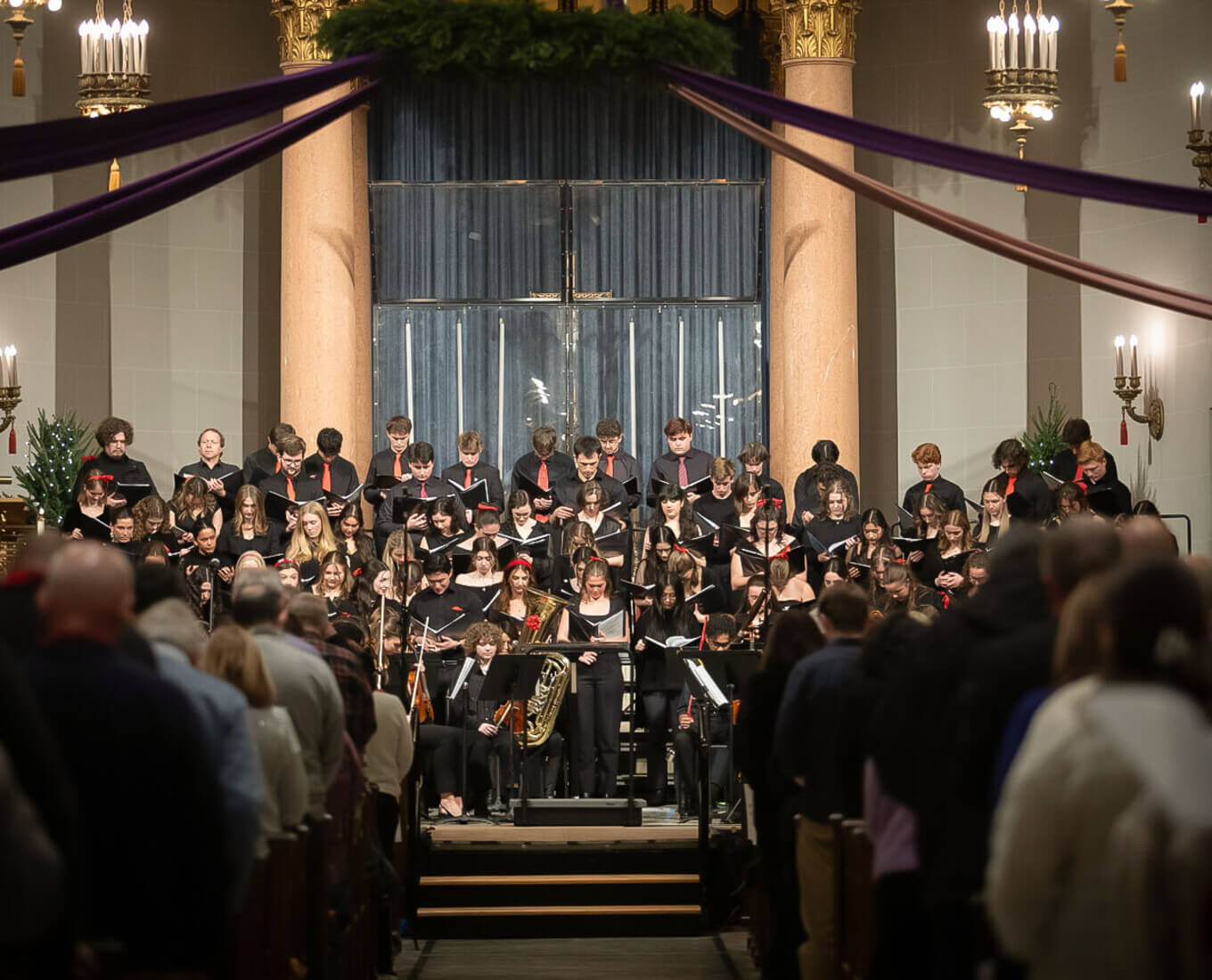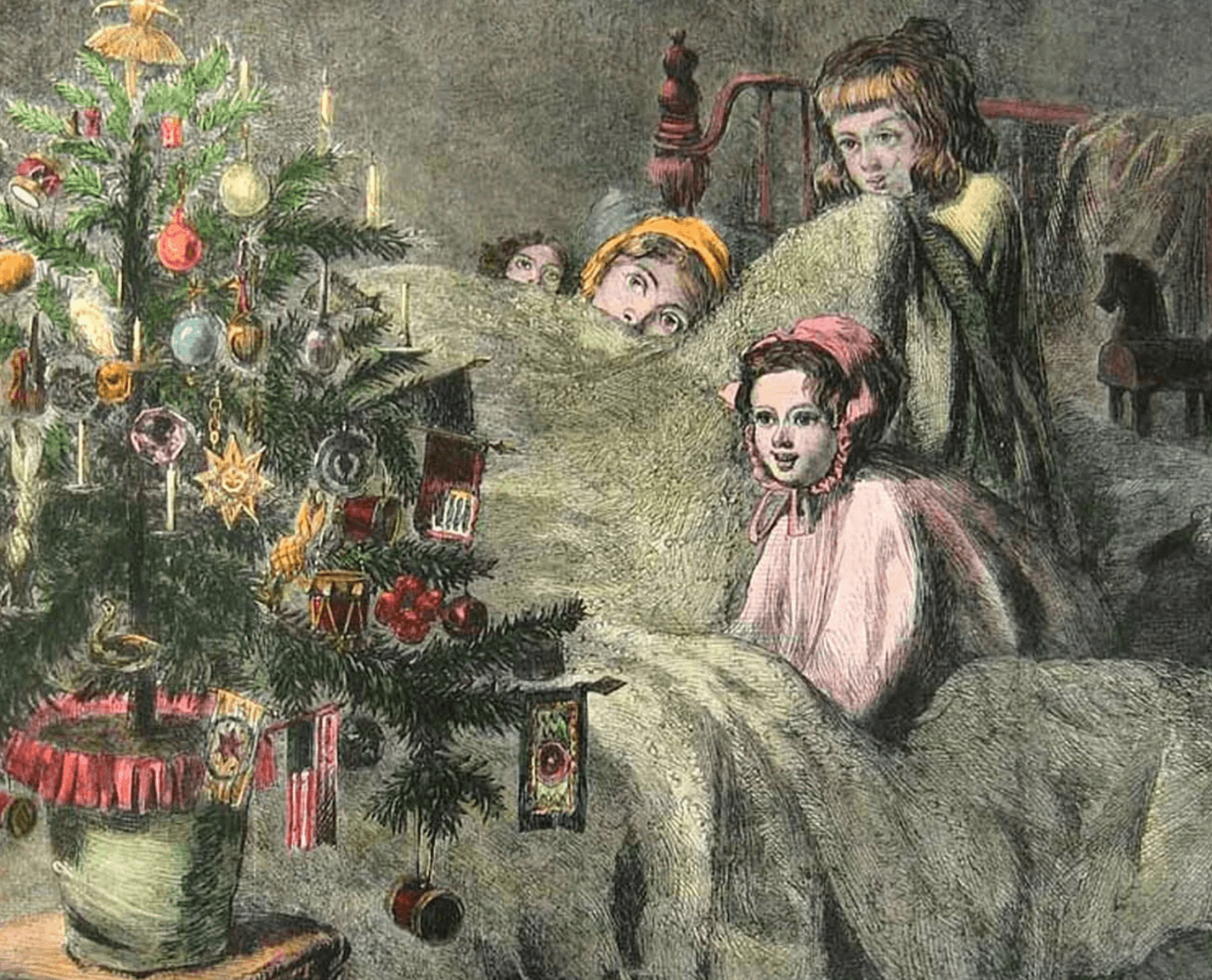Once a weapon of war, the modern mace heralds highest academic triumph and, in Holy Cross’ case, a deep admiration for the College and the Jesuit tradition.
Five things to know about the Holy Cross mace:
- At commencement, the registrar, grand marshal of the procession, carries the mace. It is also used to lead processions at the baccalaureate Mass, the inaugurations of the College’s presidents and certain academic convocations.
- The mace is 3 feet long with a bronze base overlaid with three layers of polished silver. The cylindrical head of the mace is capped with a dome bearing a cross. Engraved on the head are the names of the presidents of the College, along with their tenures. At the base of the mace is a rectangular block bearing the College’s seal.
- Blacksmith Kenneth Lynch Sr., the late owner of the Connecticut-based ironwork firm Kenneth Lynch & Sons, created and gifted the mace to the College in 1984. Lynch, who passed away in 1989, worked on many prestigious projects in his lifetime, including repairs to the Statue of Liberty, wrought-iron gates for St. Patrick’s Cathedral, the gold-plated casket of America’s first saint, Mother Cabrini, and the College’s wrought-iron fence that runs along College Street. In a 1984 edition of Holy Cross Magazine’s precursor, “Crossroads,” Lynch, who had two brothers who became Jesuits, described himself as a great admirer of the College.
- The current mace replaced a wood-and-metal version, a gift of the class of 1940.
- Both the present and former maces are stored in the College Archives and Distinctive Collections.
With contributions from Patricia Ring, registrar, Lisa Villa ’90, public services and engagement archivist, and “The Holy Cross Mace: A Gift from an Admirer” by Christine McEnery ’11, which appeared in the Summer 2011 issue of Holy Cross Magazine.


